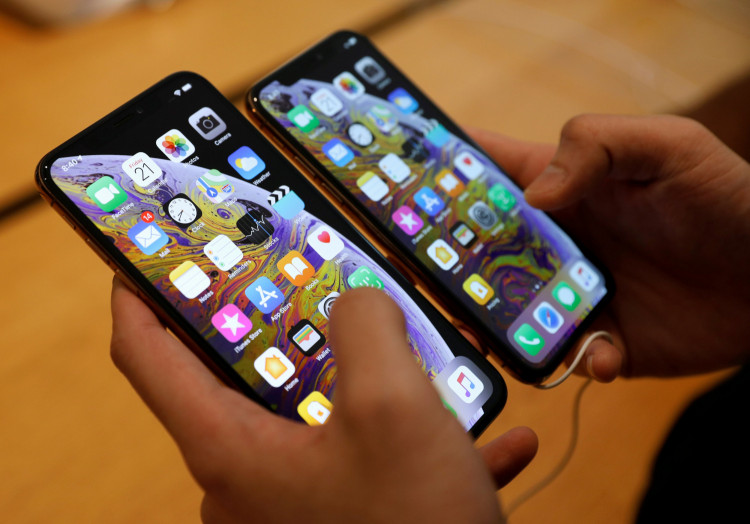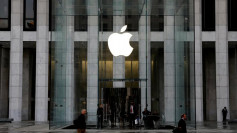The iPhone XS is now part of Apple's refurbished offerings, and the base model starts at $699, which translates to more than 30 percent of the original price shaved off. Giving it a quick look, the device seems compelling, but the latest model, the iPhone 11, also sells with the same price tag. So the question is: Which is the better buy?
First off, it must be established first what a refurbished device is as far as Apple is concerned. They are pre-loved, so they are not brand new, which should explain why the pricing is significantly lower and, therefore, more affordable.
However, would-be buyers need to realize in advance that refurbished also means that there might be hidden issues with a particular device despite the efforts to make it look and feel like new. According to Lifehacker, refurbished iPhones obtained directly from Apple have been cleaned and tested before they were redeployed to Apple Stores.
To some extent, these devices were up to the Apple quality standard and covered by Apple Care protection, so the assurance is there that the products are in tip-top condition. In short, refurbished iPhones are as good as new, or nearly.
But when pitted against the base model iPhone 11 that can be had for $699, it gives the impression that the new model is the wiser buy. And a closer look should reveal it might be the case, according to WCCFTech.
In the display comparison, the iPhone 11 is rocking a 6.1-inch screen as opposed to the iPhone XS' 5.8-inch viewer. Technically, the former has to be the better choice because it makes us of technology that is a generation ahead. But experience-wise, it's practically the same.
However, the clear advantage for the iPhone 11 is its larger display, and for media consumption functions, it surely will deliver a more immersive experience. This is especially true in these times of media-focused smartphone use.
In terms of power and efficiency, it's hard to argue that the A13 Bionic chip is better than its A12 sibling. The former, theoretically, packs more muscle even if both device models have 4GB of RAM provisions. The nuance might not be very noticeable, but performance on the iPhone 11 is a clear winner, which should be attested to by most power users.
It also helps that the iPhone 11 has a bigger battery and can charge up faster than its predecessor. Too many, this is a big deal, which is having a smart device that can last longer and when needed, can be juiced up at a significantly shorter period.
In the end, paying up $699 and getting the latest model available will make the iPhone 11 the best bang for the bucks because it easily tramples the iPhone XS in many aspects of a close-quarter battle.




